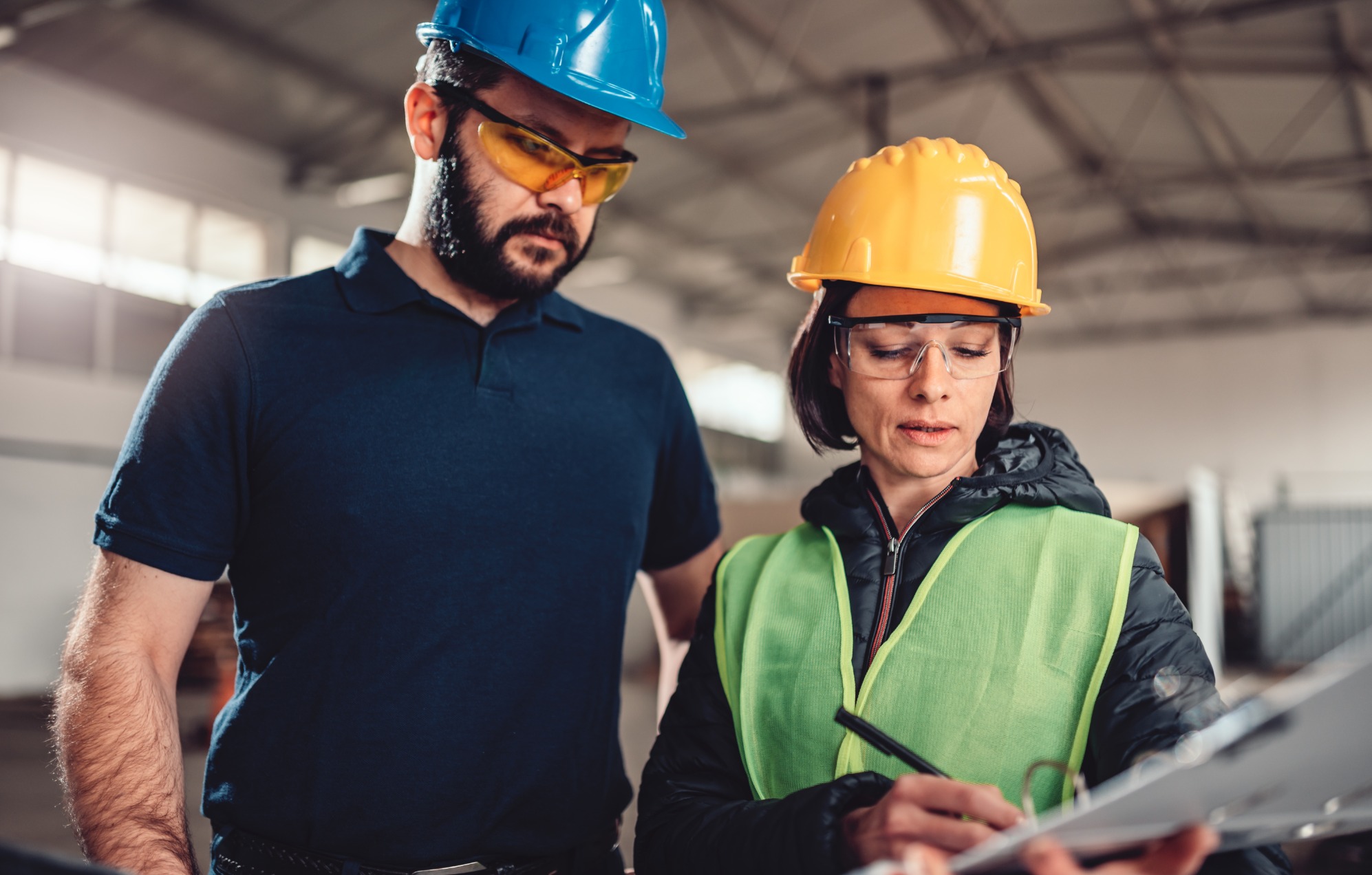From the scaffolding that scales sky-high buildings to heavy-duty machinery that’s used every day, construction is well-known as a hazardous industry. The Health and Safety Executive (HSE) reported that 2.6% of workers had a work-related injury in 2018 – statistically 50% higher than the majority of other sectors.
In the UK, construction employers and employees mitigate risk by following strict health and safety (H&S) procedure to prepare for equipment pitfalls or worker misjudgements. However, accidents can still happen – and how organisations react and recover from an incident is key to maintaining a culture of effective health and safety.
Why Start with Health and Safety?
Imagine a scenario where an incident occurs on your site. There are strict health and safety protocols in place, but surprisingly, a worker isn't wearing their hardhat, and equipment isn't being suitably inspected before work begins. Your H&S policy is foolproof on paper – so why hasn’t this translated effectively to your worksite?
The answer lies in your approach to health and safety. An H&S document or briefing package is wasted if not effectively communicated, and a team who aren’t invested and engaged in workplace safety are likely to overlook the importance of incident reporting or potential hazards that could snowball into something serious.
How Can You Improve Incident Reporting?
Here are five key ways you can make strides in incident reporting:
Engage Your Workforce
If you’re routinely resetting the number count on a figurative ‘days since last incident’ chart, then your workforce might be disengaged, or poorly briefed. On-site employees need to be as equally invested in H&S procedure as head-office and regularly engage in H&S briefings, discussions, and training. Employees and workplaces with high levels of health and safety engagement experience 70% fewer accidents compared to organisations with low levels, so it's wise to invest in engagement practices.
What can organisations do to improve engagement?
- Appoint a dedicated health and safety individual per worksite or project
- Hold daily and weekly H&S briefing sessions on-site
- Provide a platform for employees to access H&S resources
- Acknowledge H&S successes, such as good practice or reporting
- Gather feedback from your workforce and continuously review processes
Communication is Key
When communicating health and safety, your messaging should permeate up, down, and across the levels of your organisation. Whether it’s your principal contractors, external suppliers, or direct employees – every worker requires access to relevant H&S resources to remain informed and engaged.
To achieve this, many organisations now use a digital tool, such as health and safety software. This provides a unified dashboard that your construction workforce can access to view essential H&S information, such as documents, policies, or training. In the long term, this system creates one place to store essential information that can be accessed and shared easily.
Near-miss Reporting
A crucial component of effective incident reporting procedure is near-miss reporting. Put simply, near-miss reporting refers to a simple system that workers can use to anonymously report hazardous or ‘near-miss’ incidents.
A well-managed construction site doesn’t wait around for an accident to happen. In reality, it should be easy to report a potential hazard before it becomes a serious issue. A potential trip hazard could seriously injure a member of your team, so why should it go unreported? What’s more, you'll need a system in place to ensure this information travels from worker to employer, so steps can be taken to avoid the health and safety risk from occurring again.
Promote Self-responsibility
Your workforce must have the tools to autonomously manage their safety. If construction employees are unable to immediately log a potential hazard or report an incident – there will be no historical record of accidents, and no data to resolve incidents with a meaningful outcome.
Workers should have access to a reporting interface that they can access instantly. In the workplace, 40% of employees describe themselves as reactive rather than proactive, so it's essential your construction employees have tools to immediately react to situations while proactively managing and reporting H&S responsibilities.
Store Incident Reports Online
In modern times, physical administration such as paperwork or filing can take up valuable time that otherwise could be a digital and automated process. Tools that can be accessed from any device – whether a construction worker’s tablet or a head-office employee’s desktop – are essential to enable instant and autonomous incident reporting. Here are a few things you should look out for:
- Secure cloud-based storage for all your H&S data
- Easy access to incident reports
- Customisable forms
- Ability to attach files, such as images or documents
- Search functionality
Build Better Health and Safety Protocols
We've learnt that effective incident reporting begins with health and safety culture. From hard hats to head office, individuals should be engaged with health and safety, empowered to autonomously manage H&S, and equipped with the tools to proactively report H&S concerns.
Most importantly, organisations should have procedures in place to prevent, learn from, and report incidents so they don't happen again. To improve incident reporting on your construction site, get a free health and safety software demo.
.png)




